Transform > Insights
Keep up to date with the most recent news and perspectives on developing trends and FAO's initiatives to support the implementation of the SDGs at local, national, regional and global levels.

UN Convenes Global Experts to Assess Progress on SDG 2
19/04/2024
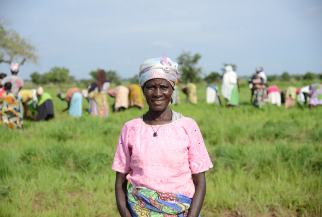
Fertile Dialogues: Navigating Agrifood Innovation Financing
15/02/2024
Insights from the FAO Agrifood Innovation Finance Debate
The Agrifood Innovation Finance Debate provided a dynamic platform for small and medium-sized agrifood enterprises (SMEs) and investors to explore diverse perspectives on the financing obstacles and opportunities, with a particular focus on Africa and Asia.
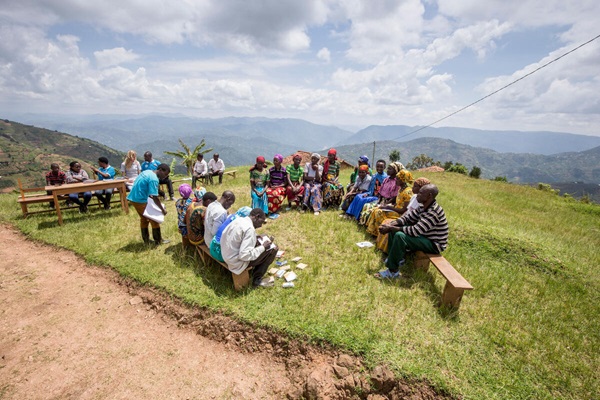
How can FAO better support countries in addressing governance of agrifood systems transformation to make them more sustainable, inclusive and resilient?
14/02/2024
Participate in our online call for stakeholders to share examples of governance-related measures and interventions with transformative impact for agrifood systems.
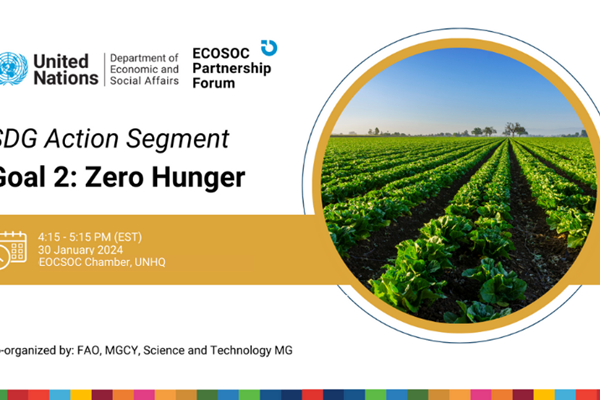
Leveraging Partnerships for Sustainable Agrifood Systems: The SDG Action Segment for Goal 2 at the 2024 ECOSOC Partnership Forum
01/02/2024
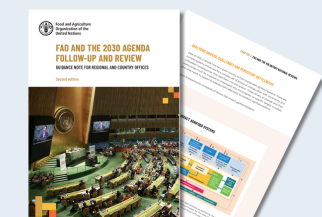
Newly Revised Guidance Note Available Now on FAO and the 2030 Agenda Follow-Up and Review
11/01/2024
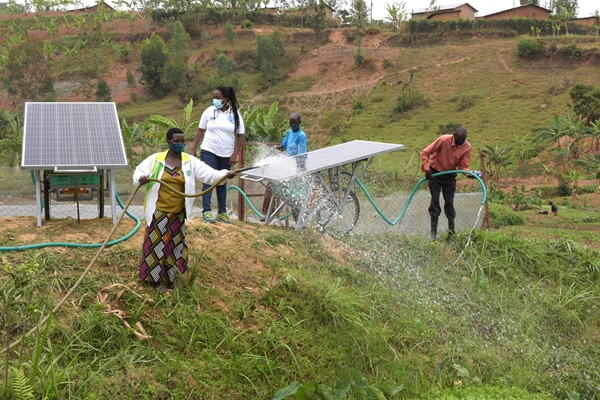
FAO at COP28: Agrifood systems solutions to shape climate agenda
27/11/2023

SDG Agrifood Accelerator Programme - Innovators Spotlight Agrifood SMEs' Role in Food Systems Transformation at the UNFSS+2 and 2023 World Food Forum
31/10/2023
Innovators from the FAO SDG Agrifood Accelerator Programme have been shining a spotlight on their pioneering enterprises at numerous high-level events over the last number of months, including at the UN Food Systems Summit +2 Stocktaking Moment (UNFSS+2) and the 2023 World Food Forum, highlighting the vital role SMEs play in catalyzing effective food system transformation while simultaneously accelerating SDG implementation at local levels.
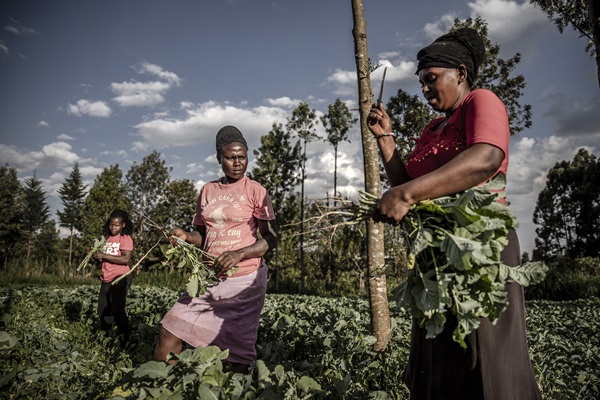
Immediate action is needed to get Africa on track with global goals
11/10/2023
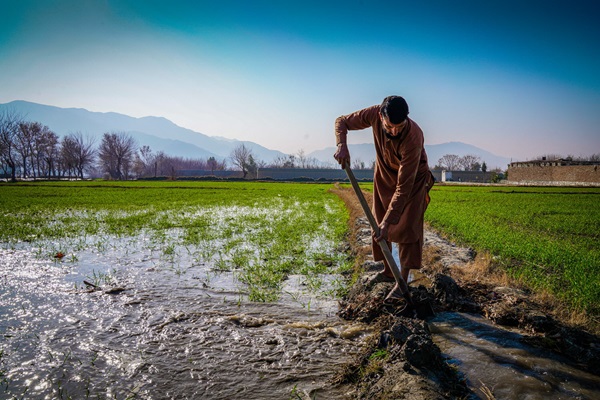
World Food Day and World Food Forum 2023 set to spark global action for water, climate action and sustainable agrifood systems
10/10/2023
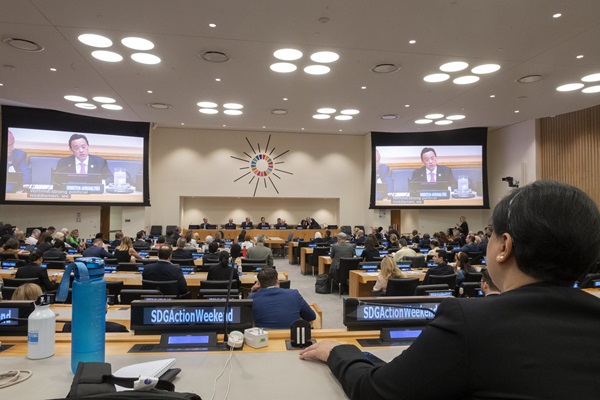
Reflecting on the Outcomes of the SDG Summit: A Reconfirmation of the Global Commitment for Sustainable Development
09/10/2023
The recent SDG Summit held in New York on September 18-19, 2023, has once again demonstrated the world's commitment to the 2030 Agenda and its 17 Sustainable Development Goals (SDGs). Despite the challenges and setbacks over the last number of years, the adoption by consensus of the negotiated Political Declaration, which was subsequently endorsed by the UN General Assembly, reaffirms the SDGs as our primary roadmap for achieving sustainable development and addressing the multifaceted crises of our time.
Opinion article by Stefanos Fotiou, Director of the Office of Sustainable Development Goals in the Food and Agriculture Organization of the United Nations (FAO).
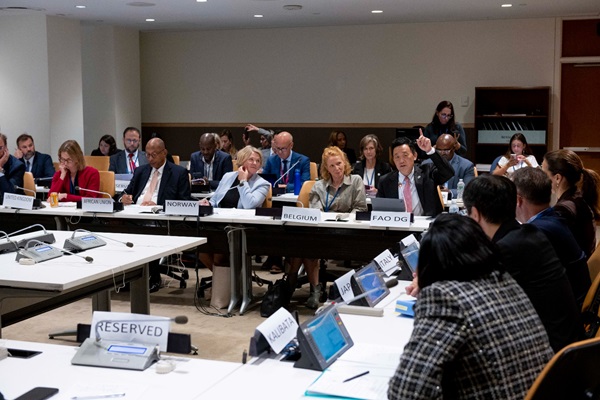
UNGA: FAO and the G7, UN Food Systems Summit+2 and COP28 Presidencies join hands to position agrifood systems transformation high on the international agenda
20/09/2023
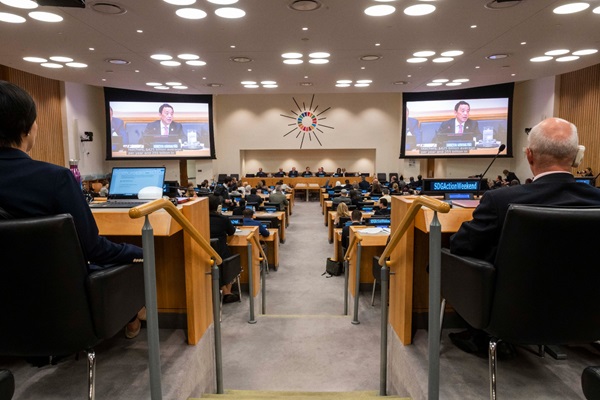
SDG Action Weekend: FAO touts High Impact Initiatives to transform agrifood systems and boost the 2030 Agenda
17/09/2023
Director-General QU Dongyu presents FAO-led High Impact Initiative on Food Systems Transformation; FAO co-leads and supports other initiatives on localization, nature, and social protection

The SDG Summit must be our turning point
15/09/2023
Let us seize this opportunity of the 2023 SDG Summit to safeguard the 2030 Agenda and build a sustainable future that leaves no one behind.
Opinion article by Stefanos Fotiou, Director of the Office of Sustainable Development Goals in the Food and Agriculture Organization of the United Nations (FAO).
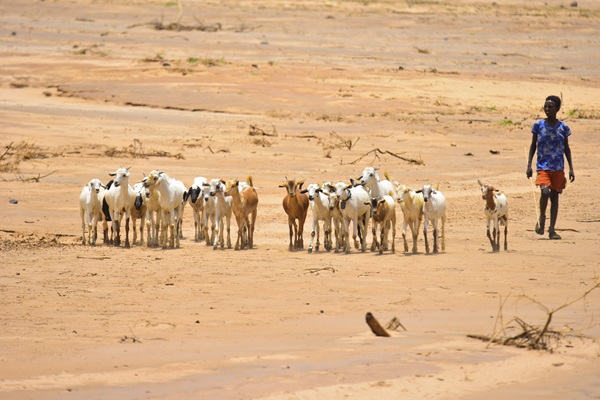
Multiple shocks keep pushing world further away from development targets
15/09/2023
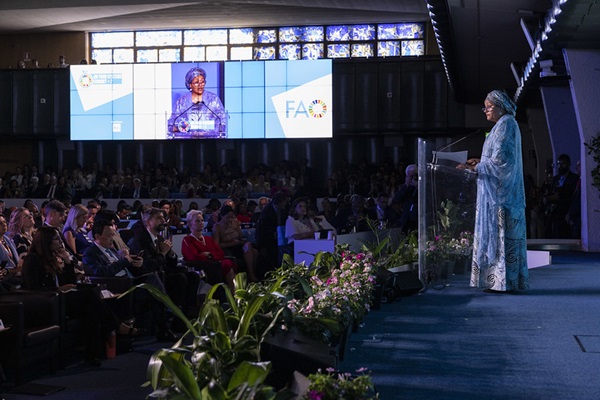
UN Food Systems Summit +2 Stocktaking Moment
27/07/2023
Revisit the key inputs, discussions and outcomes of UN Food Systems Summit +2 Stocktaking Moment, which took place at FAO headquarters in Rome, Italy, from 24 - 26 July 2023. This global event served as a worldwide stocktaking meeting to review progress in implementing food systems transformations and its contributions to the achievement of the 2030 Agenda.

122 million more people pushed into hunger since 2019 due to multiple crises, reveals UN report
12/07/2023

At HLPF in New York, FAO Director-General outlines six actions needed to transform agrifood systems
10/07/2023
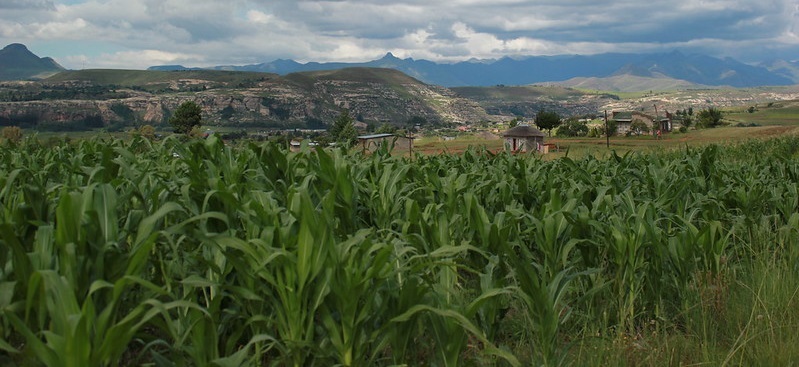
Next generation Earth Observation tools help monitor land cover change in Lesotho
02/03/2023
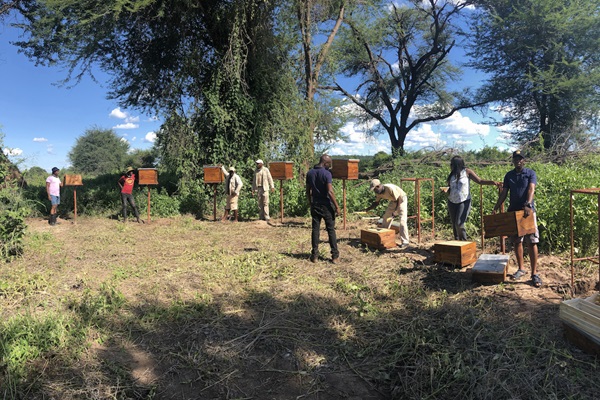
FAO and SEED launch SDG Agrifood Accelerator Programme for innovators
16/02/2023

FAO releases key methodological documents to support the production and use of disaggregated data for the SDGs
20/01/2023
With the adoption of the 2030 Agenda, Member States have pledged to "leave no one behind" and called for “the social, economic and political inclusion of all regardless of age, sex, disability, race, ethnicity, origin, religion, economic status or other”. This principle is at the core of the S...
